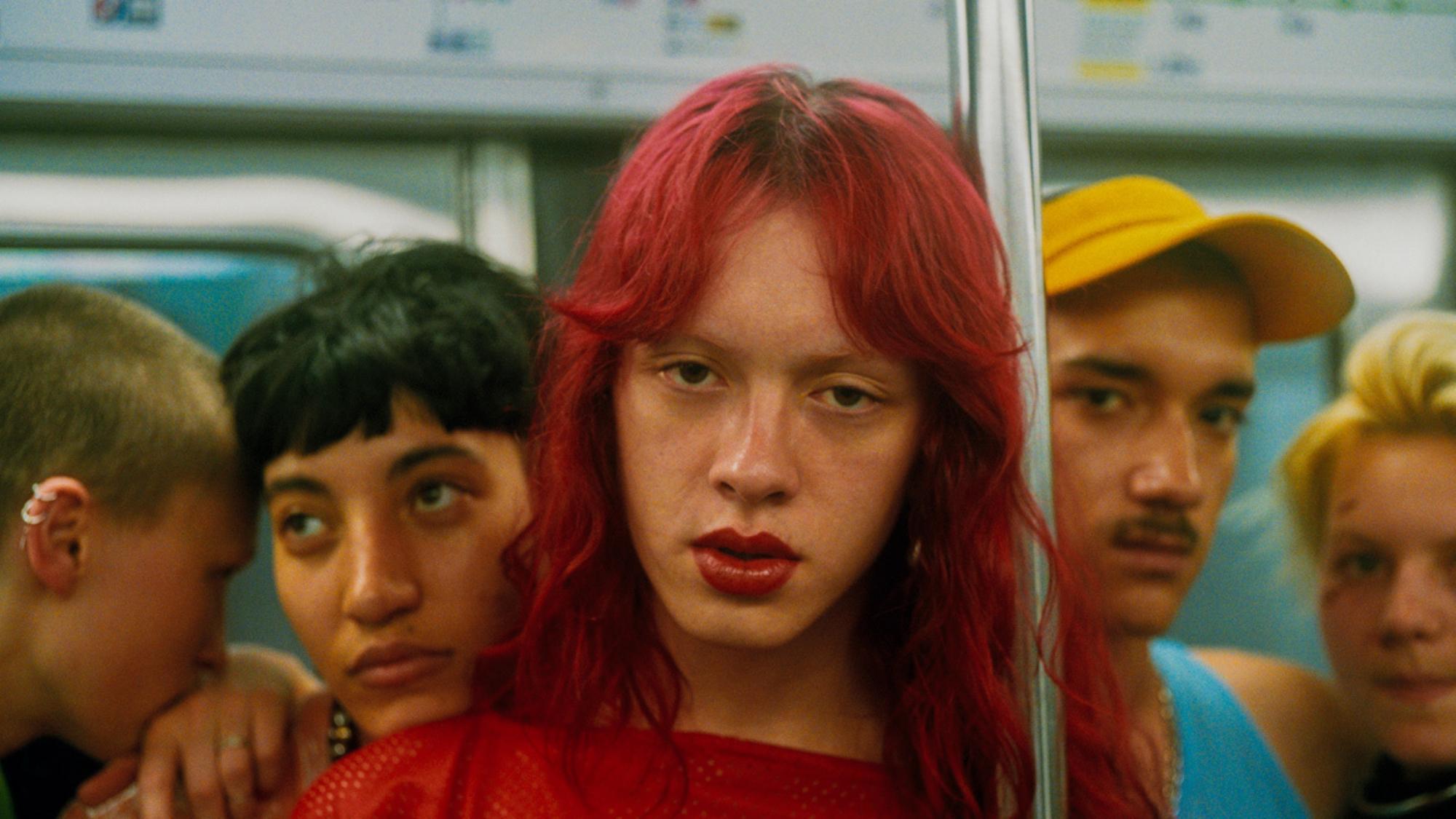By sticking a Yankees visor onto a Kufi cap for a costume party, Rio Uribe gave birth to Gypsy Sport. The two caps became his Saturn-like logo, and a representation of his cross-cultural approach to creating art/fashion pieces. When an Opening Ceremony buyer saw it, he placed an order immediately. Anna Wintour fell for his work, too; the brand brought home the 2015 CFDA/Vogue Fashion Fund Prize. In the four years following that fateful party, Gypsy Sport has become one of New York’s most dynamic young tribes.
Recently, Rio visited Paris to present his work, where he linked up with the i-D France team. Their collaboration sought to imagine what the Gypsy Sport crew might be like if they lived in Paris, so they looked to something common to cities around the world: the subway. For the first time, the designer — who grew up in LA’s diverse Koreatown neighborhood before working in the stockroom at Balenciaga New York — felt welcome in the City of Light. We interviewed Rio about this special transcontinental project.
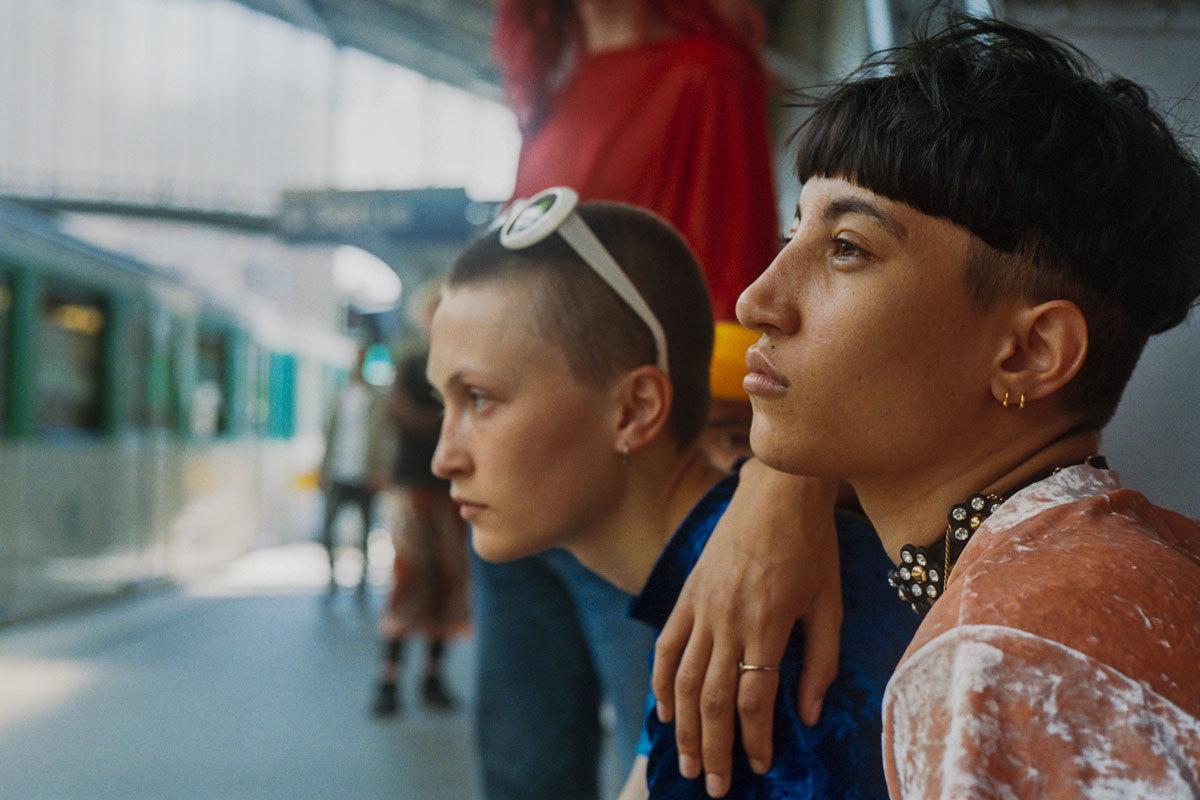
You arrived in Paris a few days ago. What do you think of the city so far?
I really like it. I’ve been here a lot of times, and every time I come back it’s for a different reason. Usually it feels like a fantasy, I only see the beautiful buildings and the snobby people. But this time I actually feel like I’m allowed to come here and see further. This is the first time that I actually appreciated Paris, as a culture, a vibe. I feel invited; it’s beautiful.
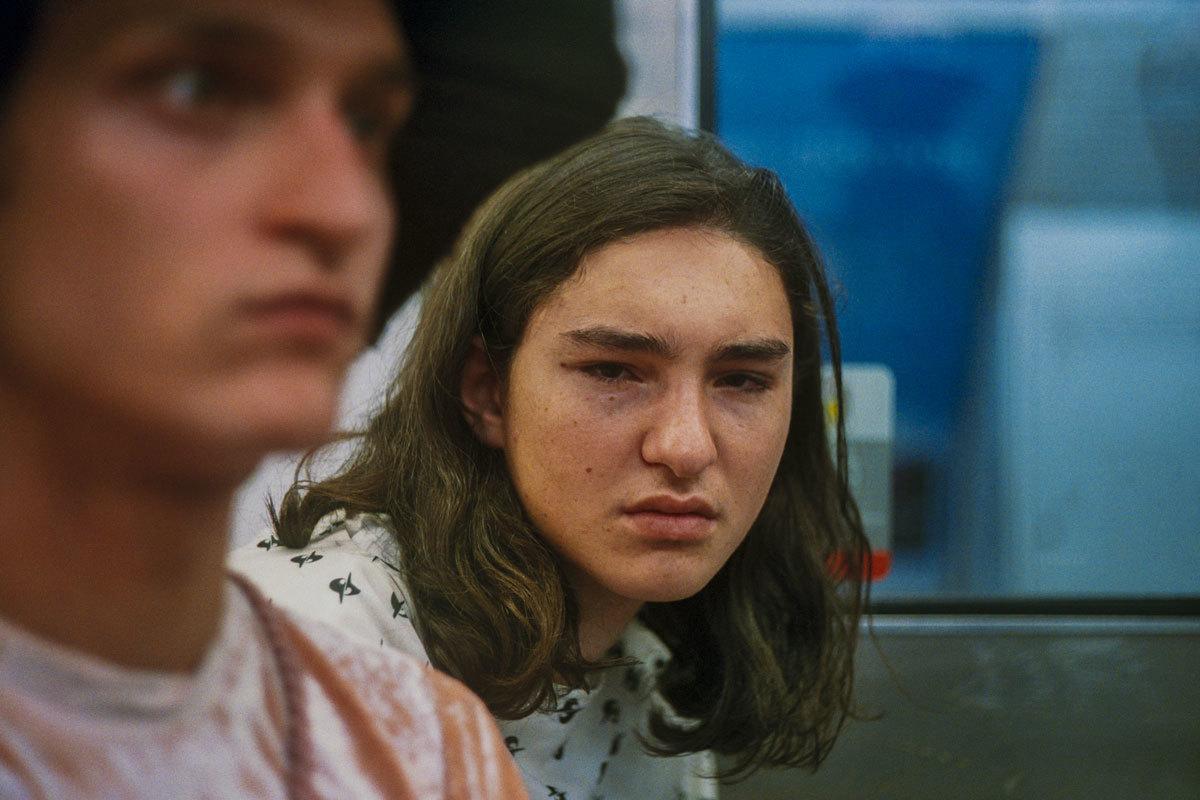
We tried to imagine how your all-inclusive NYC crew would look in Paris, so we photographed a tribe of kids on the Metro. How would you describe your crew, and what do you think of the shoot?
It’s hard to say it’s one crew, because any cool kid can be a Gypsy Sport! [But this] casting was incredible. I think kids in Paris are so hungry to do stuff like this. People want to be creative, they want to be exposed, and I’m happy that we got to do it with Gypsy Sport, because it’s a perfect match. France has a reputation of being full of snobby and closed-minded people. Some people on the train were like, “This is not a nightclub!” — but the kids were the total opposite, they were cool as hell. I think it was really amazing to have a shoot on the subway; I think it’s gonna start a new tradition in every city we go to.
Where do you come from?
I was born in Los Angeles. I moved to Mexico for a few years as a teenager, then we went back to California. So I come from California, but I live in New York now.
What’s New York like today?
There’s a scene in Star Wars where they go to a bar and there is every kind of alien from the whole universe sitting and having a drink. That’s New York.

Why did you launch Gypsy Sport?
I’ve always wanted to be a designer, but I never went to school, never went through any training, really. I was working at Balenciaga and that’s why I used to come to Paris — every season I had to sit through it so I could know how to sell it. I really loved fashion; I looked at it like art. But it’s like, a thousand euros for a shirt? To me, it doesn’t make sense. I knew I could make easier, accessible pieces. Later on, I realized that if I was gonna have a brand, it needs a message; it can’t be just a knock-off of some other designers. I asked myself, “what do I want to say?” And I realized it’s that people are important, people of all different types are beautiful. Individuals are always gonna look different, act different, dress different, talk different. And it’s hard to put that in one category. That’s why I started the brand; to give a voice to us.
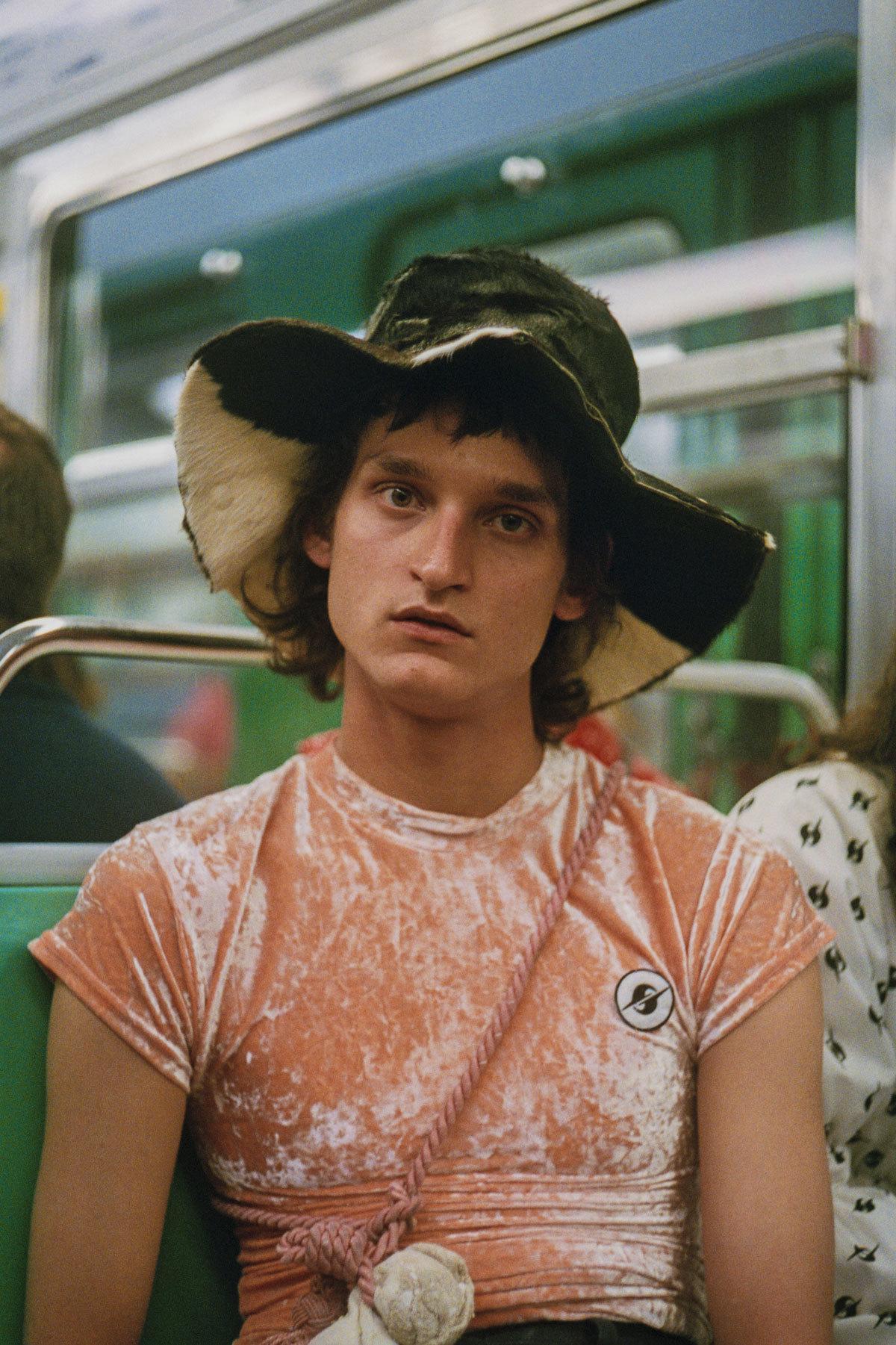
Do you feel this sense of diversity is new thinking?
I really loved United Colors of Benetton, how they always had every-color-of-the-rainbow skin [in advertising campaigns]. So I think it’s been out there for a while. But right now, the cool thing is that Paris has this super hunger for culture; some of the best music right now is coming out of Paris. I don’t think I brought any diversity to Paris, I think it always been here. I just get to tap into it with my brand.
When you got into fashion at Balenciaga, did you have this social and political approach in mind?
To be honest, I had so many different ideas of what I was gonna do; I just wanted to quit everything and be an artist. When I would leave work I’d go home and make a t-shirt, a hat, a painting. My friends were always like, “You need to share this!” I didn’t want to, I didn’t think anybody would want to see it. And finally, one of my friends showed a hat to a buyer at Opening Ceremony; he was like, “Can we order those?” It was the first time I realized I could make some money and sell my art. When I started Gypsy, I thought “maybe I gonna travel to different countries and just make a collection one year in South Africa, another year in France.” I had this idea to work with photographer and share a message about humanity. I couldn’t afford it, it was way too expensive. Instead, I did a lot or research about international styles. Not street styles from other cultures, but how native Chinese or Malawi tribes dress. I kept taking these references and make paintings out of them, but it started turning into clothing. I think these international cultures mixed in together started the message of diversity.
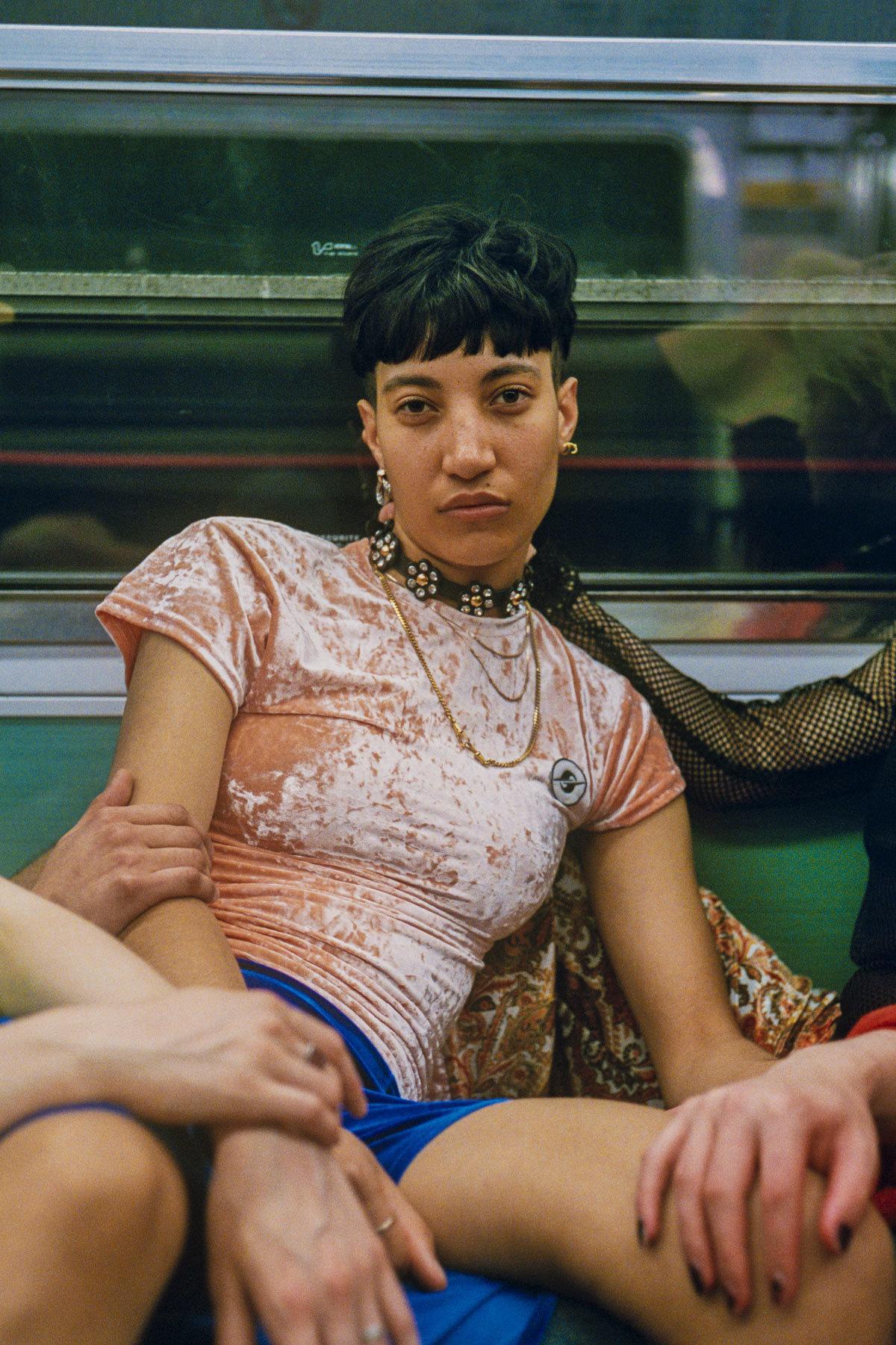
Why does your logo looks like Saturn?
In 2013, I won a competition — VFiles Made Fashion, which was very underground at the time — never having made a collection. And if I was going to do a show, I needed a logo. So I started drawing a lot of stuff. I still have the books. For a long time I tried to make the “G” and “S” look like a circle, but it wasn’t right. One day, I was so tired of it that I crossed all of them out, and it looked cool, all the line and the circles. It just became Saturn.
What about the name?
I always wanted “Sport.” When I go shopping to Harlem, all the stores have it, too. These stores that sell these cheap clothes, cheap shoes from Asia. It’s always called “Something-Sport.” It represented something accessible. And Gypsy came because I tried to think of people whose culture is made of other cultures — they travel, they take the style from India and mix it with South Asia. I wanted to take from a lot of places, too. I didn’t want to be inspired by one or two things. I found a bunch of names like “gitan,” and Gitan Sport is already a brand so I couldn’t do that. “Gitano” is the Spanish way — that was taken, too. So I just went with Gypsy; it’s five letters like Sport, it’s balanced.
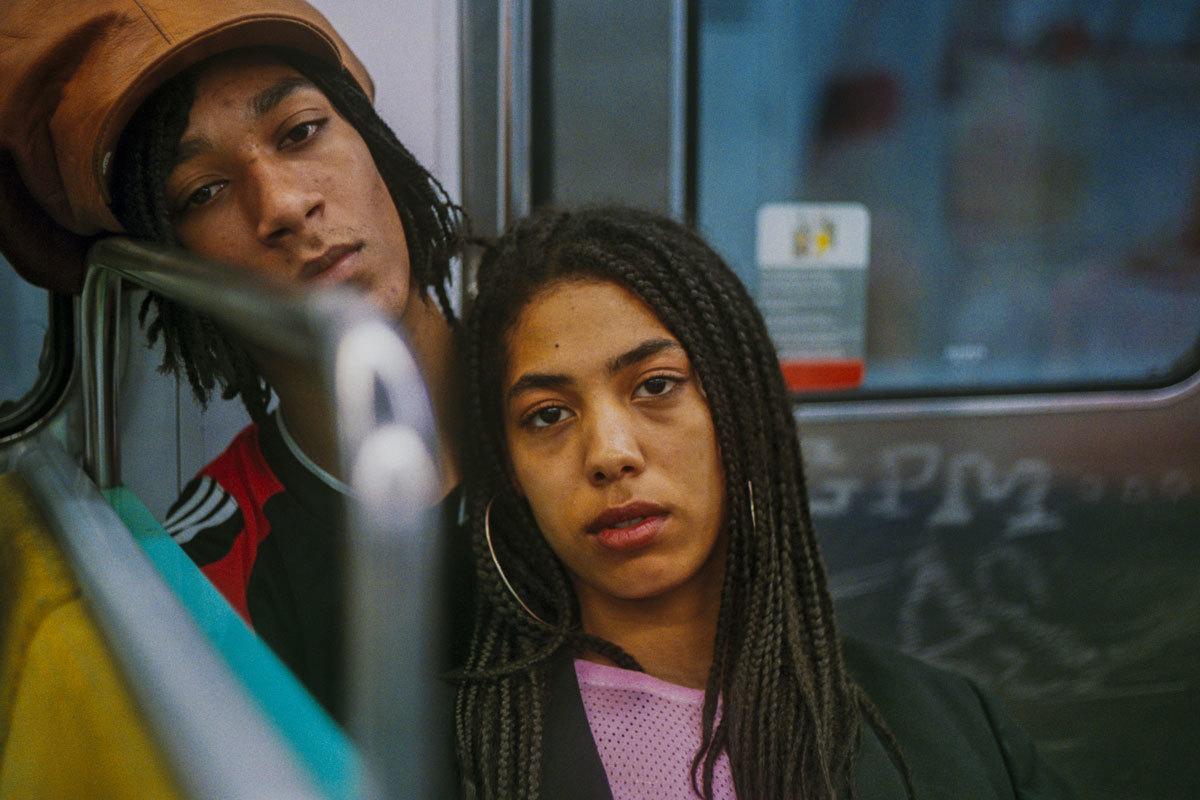
What do you think of the UK leaving Europe?
It was shocking. I think everyone is a little bit shocked, a little bit hurt by Brexit. But I always believed that there are political agendas, and in my mind, it has everything to do with money — a strategy for the bank system. Even if they’re divided, the truth is that the youth is really gonna change everything. These old people making all the decisions are just concerned with money, and I think the world is gonna figure out that true connections and honest love are way more important.
Do you think this global youth can really make a change?
Oh yeah, of course. The two first letters in Gypsy Sport are for “Global Youth.” If we share that message, other people will tap into it. I think that’s why people love Gypsy — because we believe that. We’re all part of the same thing, let’s work together.
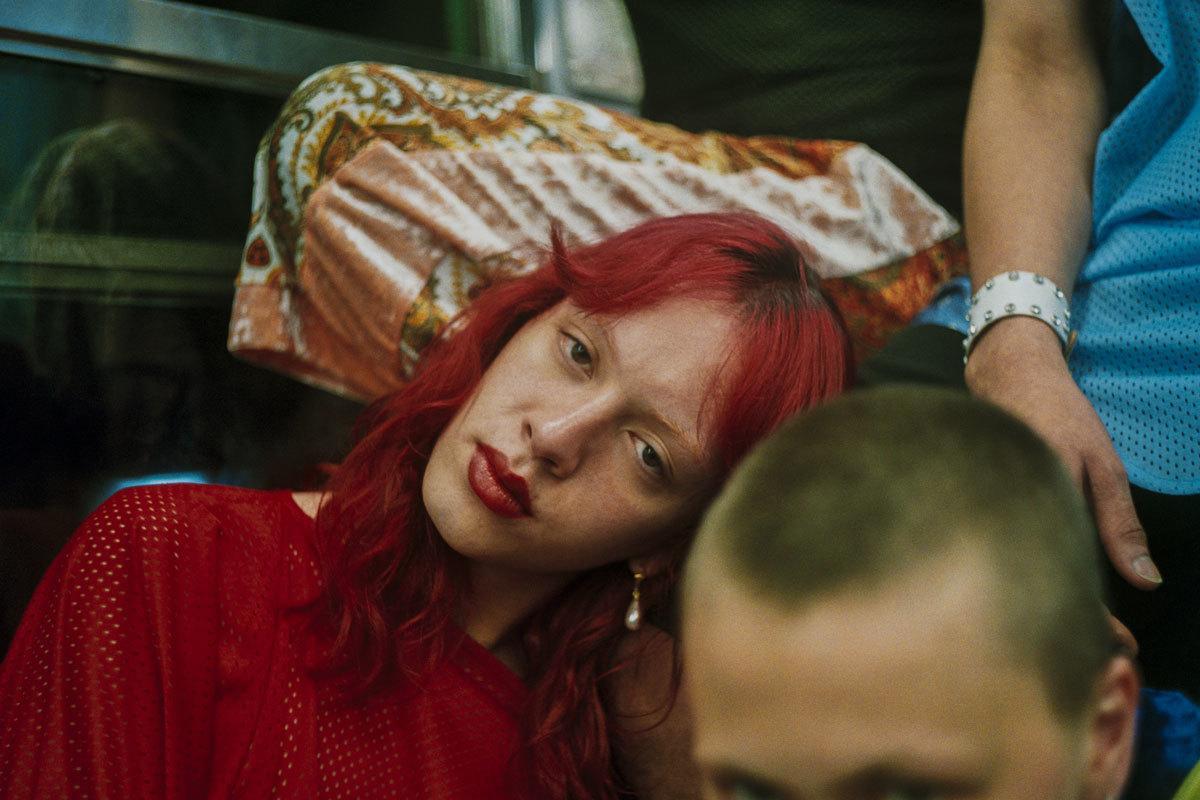
Credits
Text Tess Lochanski
Photography Axel Morin
Styling Benjamin Brouillet
Production Iman Delimi
All clothing Gypsy Sport
